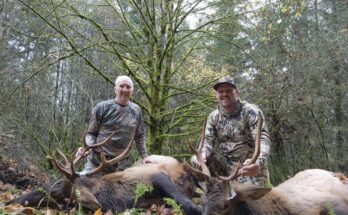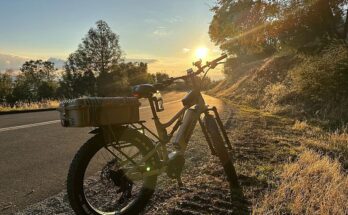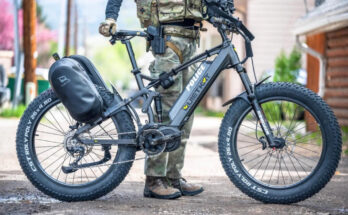This past fall, I took two of my mules, Copper and Timber, into an Oregon wilderness area for a bowhunt. On one of our hunt days, we rode up into a saddle and tied up the riding animals, planning to slip over the saddle into the next basin for a day hunt. I tied Timber up to a tree, and removed my bow scabbard from the saddle so he wouldn’t get his foot caught in it and tear it apart. I stashed it a few yards away with his bridle.

Timber waits patiently for our return
A few hours later, we returned from our morning hunt. I picked up the scabbard and walked towards Timber to re-attach it to the saddle. As I stepped around the tree he was tied to, I stumbled a little bit. I was not paying close attention and did not realize that my stumble around the tree, leading with the bow scabbard, startled my normally calm mule. I did not think anything about it as I resumed my advance towards Timber with the now-terrifying bow scabbard leading the charge. The next thing I knew, I could see all four of Timber’s feet in the air. The bow scabbard was ripped from my hands as he took at shot at it with his rear leg. I received a glancing, and fortunately minor, shot to my right hip. Timber ended up rotated 90 degrees, now facing me directly with as much distance between him and the bow scabbard as he could manage. I was quickly able to settle him (and me) back down so that I could get the scabbard back on him, get my bow back into the scabbard with no drama, and begin our ride back to camp.
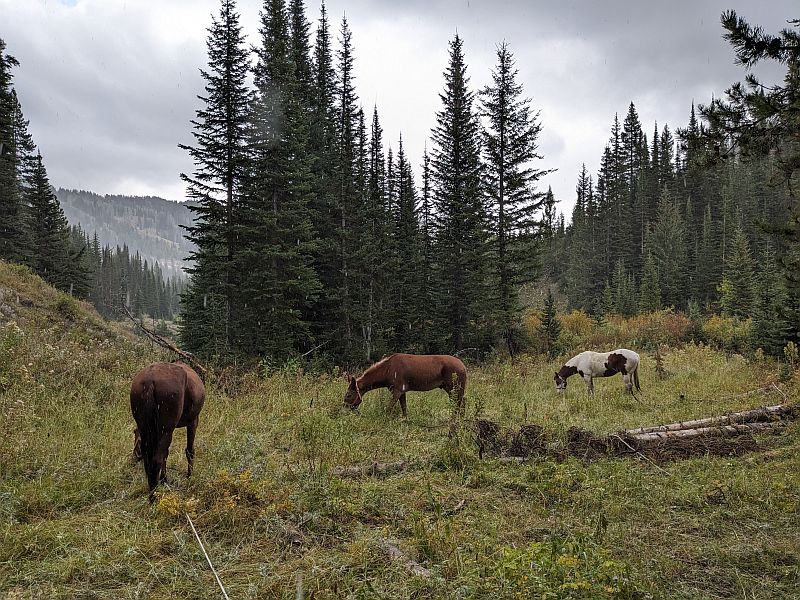
Timber (center) and his buddies enjoy a good feed near camp
I very much enjoy taking my mules into the backcountry for a hunt. I really enjoy the hunts these animals enable me to do, and I acknowledge that it is a lot of work. We have to make sure that we camp in a place where there is access to feed and water for the animals. We carry extra feed just in case. We carry blankets for fall hunts at elevations where the temperature will drop far lower than what they have been used to at home. We set up highlines, and take special care that the lines are not sagging, that the lead lines are the right length, and that the animals are not close enough to get tangled up with each other. We listen to bored mules paw at all hours of the day and night. I am very careful that I don’t spook my mules and get kicked, which fortunately is a very rare occasion. We spend a fair amount of time every day making sure that the horses and mules get a good feed, and that they water at least a couple of times a day. Every time I return to a camp or to a tree where they have been hitched while I have been away hunting, I am relieved to see them where I left them. I woke up one morning to find the stub of a chewed lead rope where my mule Copper should have been. Fortunately, she had not gone far.
On top of all of this, there is the significant work that goes into the care and feeding of these animals at home. Hauling hay, caring for pastures, building fence, arranging for visits from farriers and veterinarians….
My electric bike is a mule of a different sort. In some ways, it is similar to my pack animals. It will carry me and a significant amount of gear a long way into the woods. When I arrive, I’ll have fresh legs and a comfortable camp. I know that if I get an animal, it is going to be work but I’ll be able to get it back to the truck in a reasonable timeframe without killing myself. I can get up and move out from camp for a morning or afternoon hunt, and cover a lot more distance than I could on my own two feet, knowing that I can get back to camp fairly quickly at the end of a long hunt.
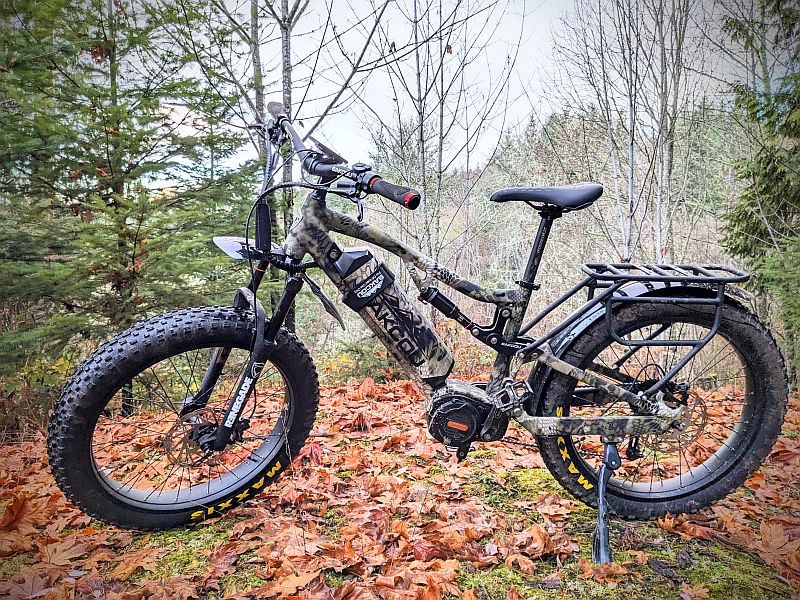
A mule of a different color (my Bakcou Storm)
While I will never give up my mules as long as I am able to hunt, there are definite advantages to the bike. The care and feeding is much different. I still have to take care of giving this bike what it needs, but it is in the form of battery power management. I need to plan my trip so that I have enough battery to get me in and out. It is never a bad idea to carry an extra battery along for the ride out. Once in camp, managing this beast is much easier than the mules. I don’t have to take time out of my day to feed and water it. I don’t have to listen to it paw at night. I never have to worry that it is going to untie itself and wander off. The amount of support gear that I have to bring with the mules is significant: riding saddles, pack saddles, blankets, bridles, halters, lead ropes, panniers, manties, nose bags, a chain to tie up Copper, the list goes on. The bike is way easier in that respect. I don’t have to haul my horse trailer on forest roads. I can leave the bike while I go for a hike and it doesn’t have a fit and alert every animal in the drainage if it is left alone.
The best thing about my eBike? I know it will never kick me.
Click here if you want to learn more about the Bakcou Storm.


